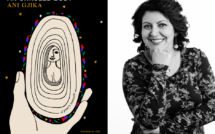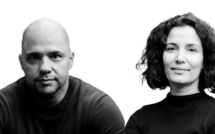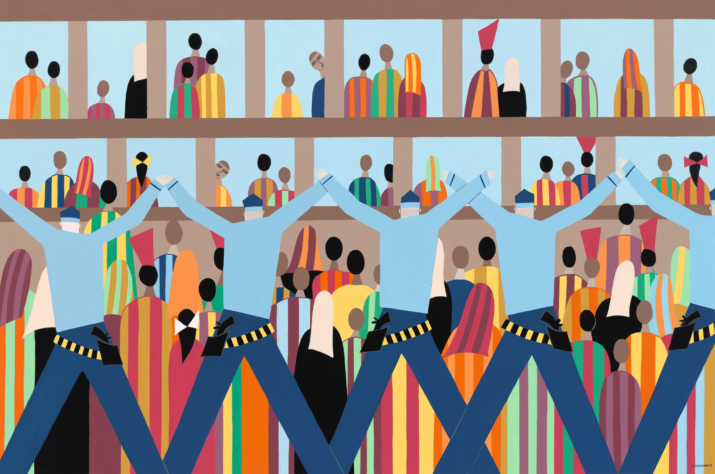
The United Nations High Commissioner for Refugees (UNHCR) defines refugee camps as “temporary facilities built to provide immediate protection and assistance to people who have been forced to flee their homes due to war, persecution or violence.”[i] This exhibition presents the works of a montage artist and a photographer who together address the plight people who have escaped the Syrian conflict face, not only as they flee but also as they settle in a new life characterized by precarity, uncertainty, and transiency in refugee camps. Both Helen Zughaib and Houda Kassatly are attentive to the everydayness of refugees’ experiences and to how families who have been forced to migrate attempt to cope, focusing especially on the children. Here, Zughaib portrays how mothers in particular care for their sons and daughters in tumultuous times when confusion and disruption rule, as they look back at the violence they left behind and go through the difficult passage to safety, met with armed guards. Her work triggers empathy as much as it prompts a debate. Her stylized aesthetics is at the same time accessible and multilayered, particularly in the way she superimposes photographs of real places that have been devastated by war and drawings of human figures who pose as witnesses, thereby becoming the universal faces of the experience of war refugees.
While Zughaib’s montages translate the violence and dehumanization of the process of forced migration, the images of quotidian life that Kassatly captures reveal how refugees organize their households in the midst of international chaos, in an attempt to regain their humanity. International media often feature images depicting outdoor scenes in refugee camps: impersonal rows of tents, modular buildings, container houses, or makeshift tarp shelters. We rarely penetrate inside those structures and into the intimacy of family life in refugee camps. How do families dwell in their transition domestic spaces? Not knowing how long they will remain there, how do they recreate the best possible, most reassuring sense of a home for their children? The photos here elicit ideas of collective food-making and commensality, which arguably constitute the heart of family life. For a moment, we can imagine families coming together to prepare and eat meals and get settled to watch a program on television, like so many families across the world. Kassatly thus humanizes refugees, as she shows them seeking some normalcy in an abnormal situation and creating a home in uncertain conditions. But at the same time these photos give us a solid hint about the long-term nature of the “temporary” aspect of refugee life. Among the various themes that both Kassatly and Zughaib raise in their respective works, children come as a recurrent concern. The UNHCR recognizes that under certain conditions, “refugees may spend years and even decades living in camps and it is common to have entire generations growing up in the camps.”[ii] The works in this exhibition make audible the voices of refugees and call for a better future for refugee children.
—Hélène B. Ducros for EuropeNow
Helen Zughaib: escaping war and destruction
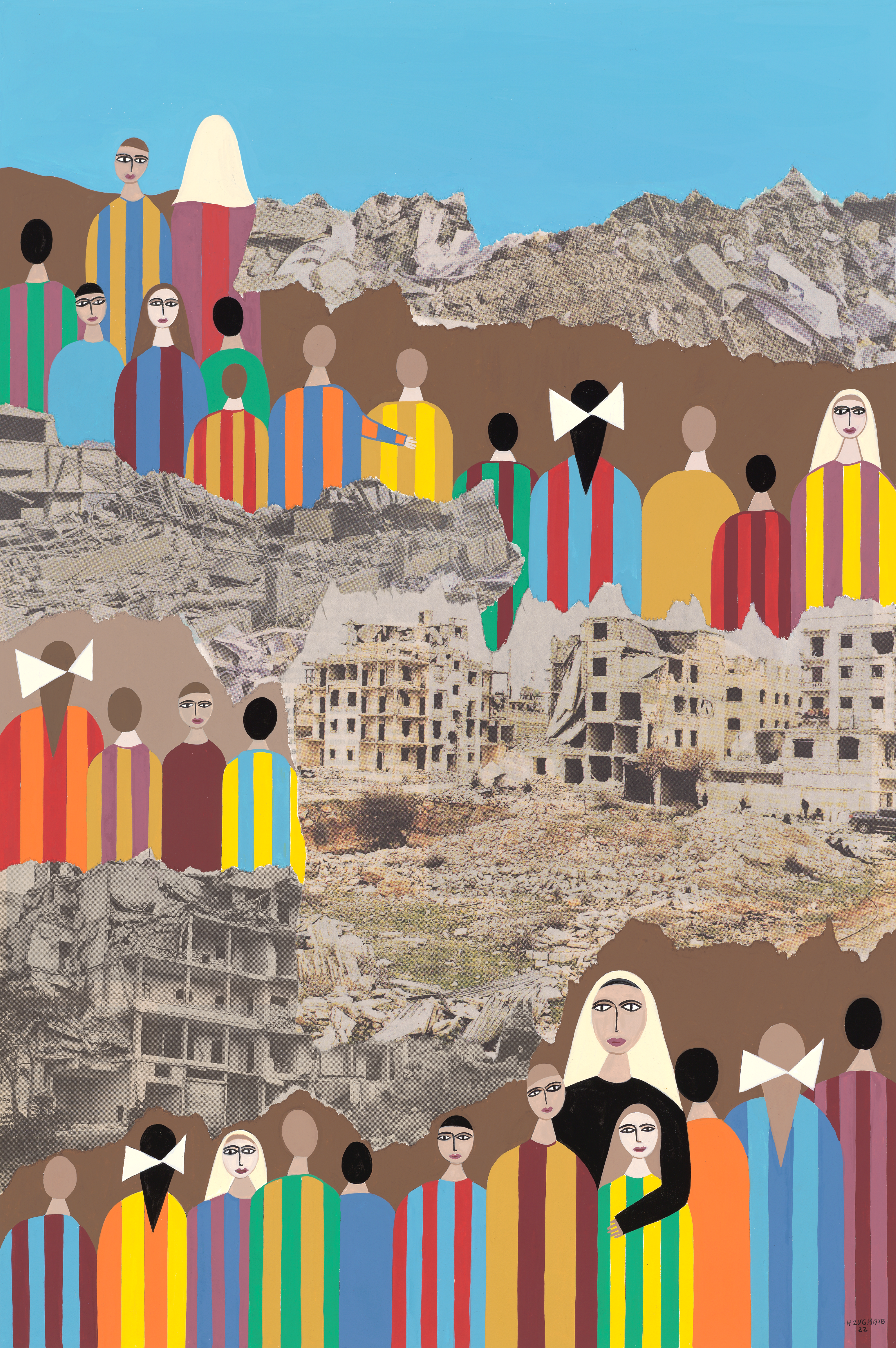
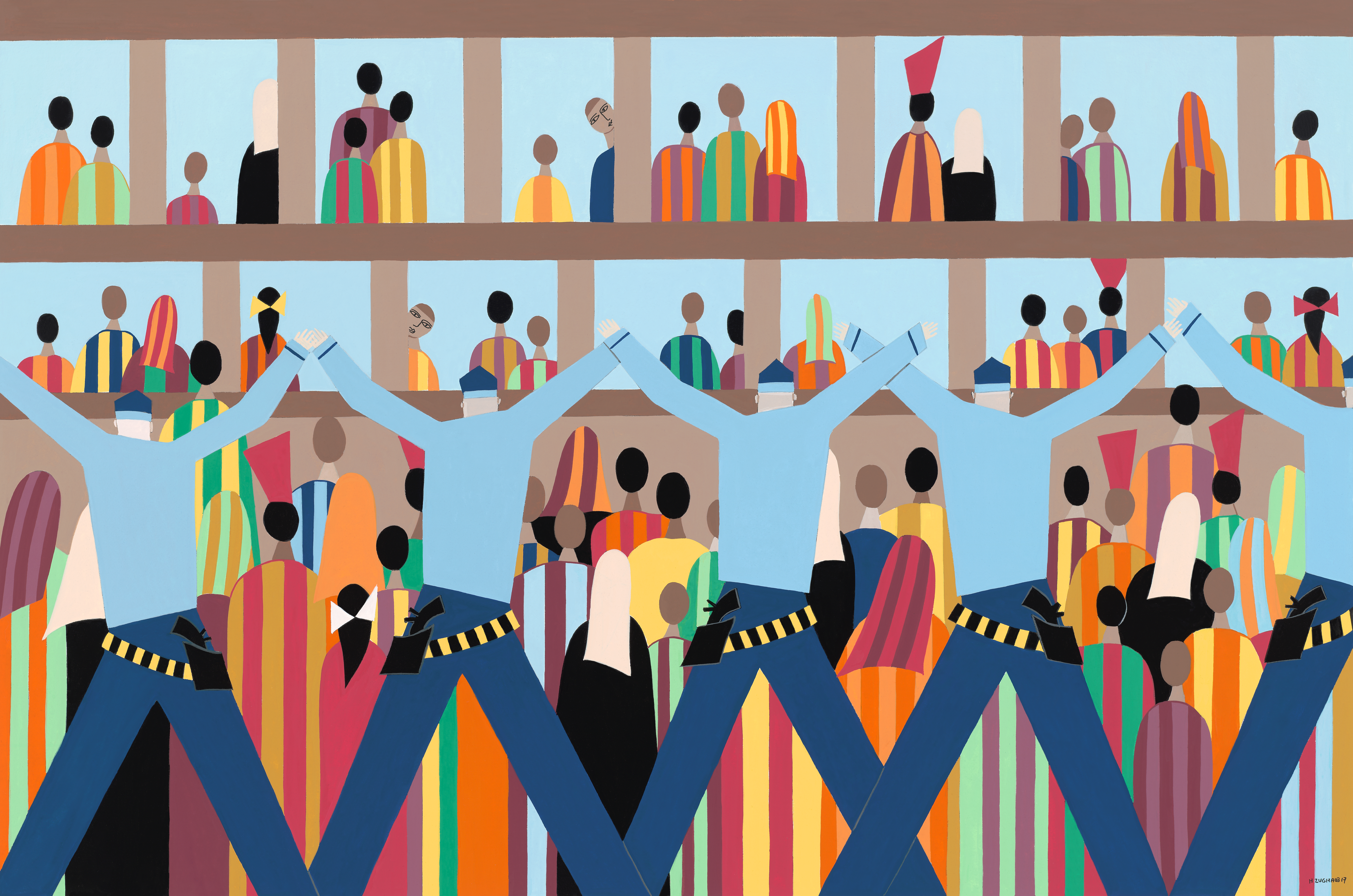
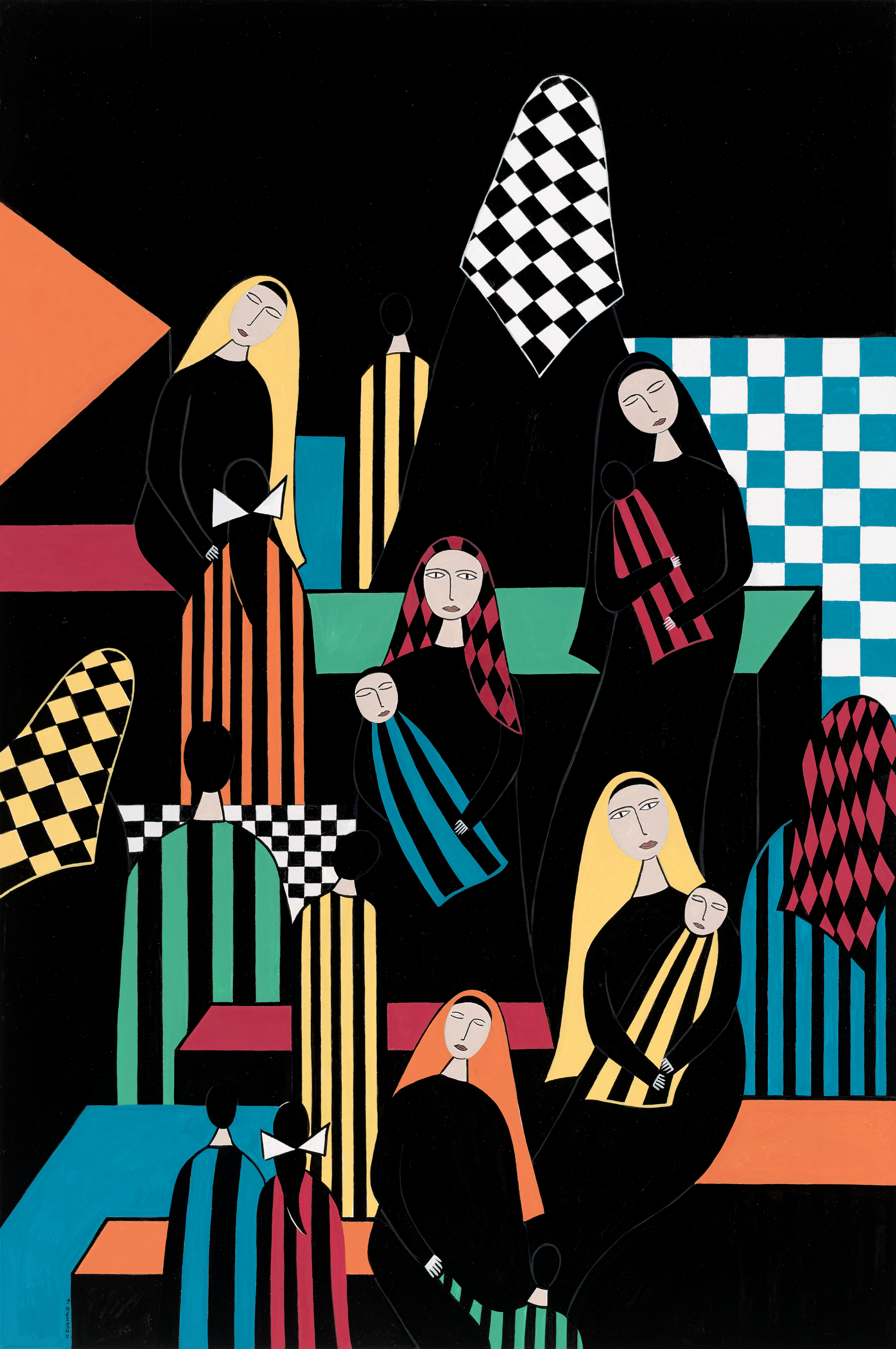
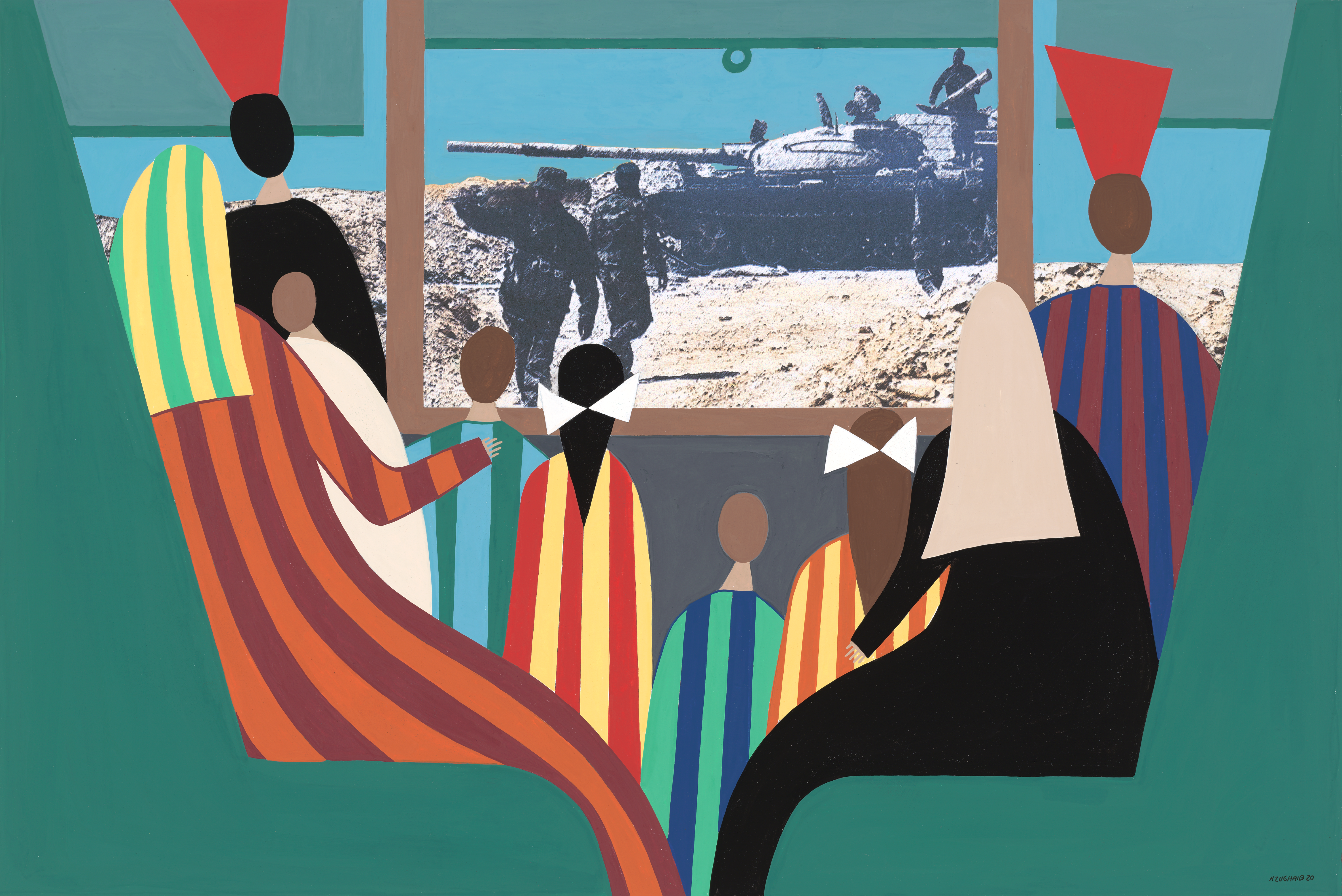
Houda Kassatly: intimate spaces in a Syrian refugee camp in the Beqaa Valley, Lebanon
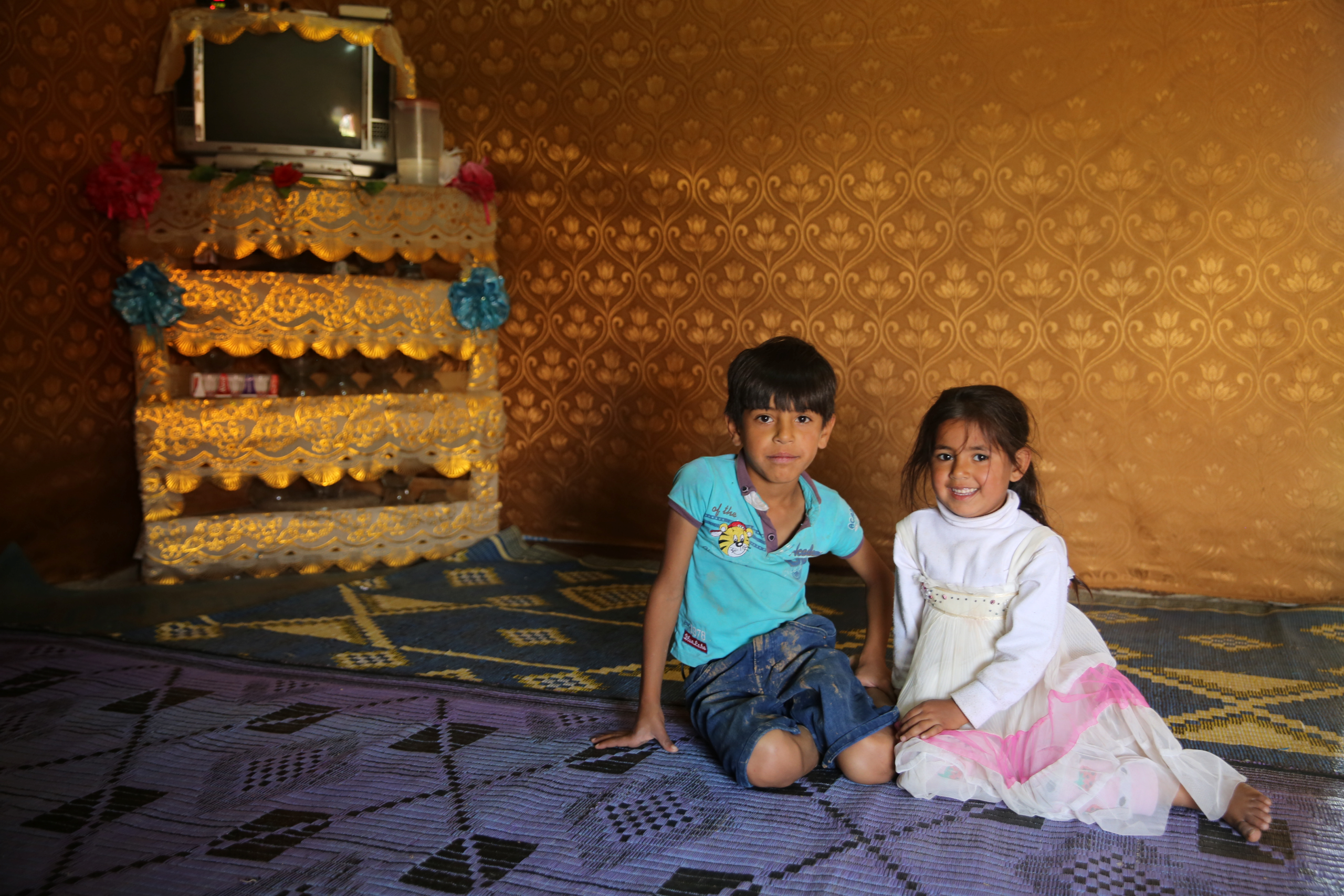
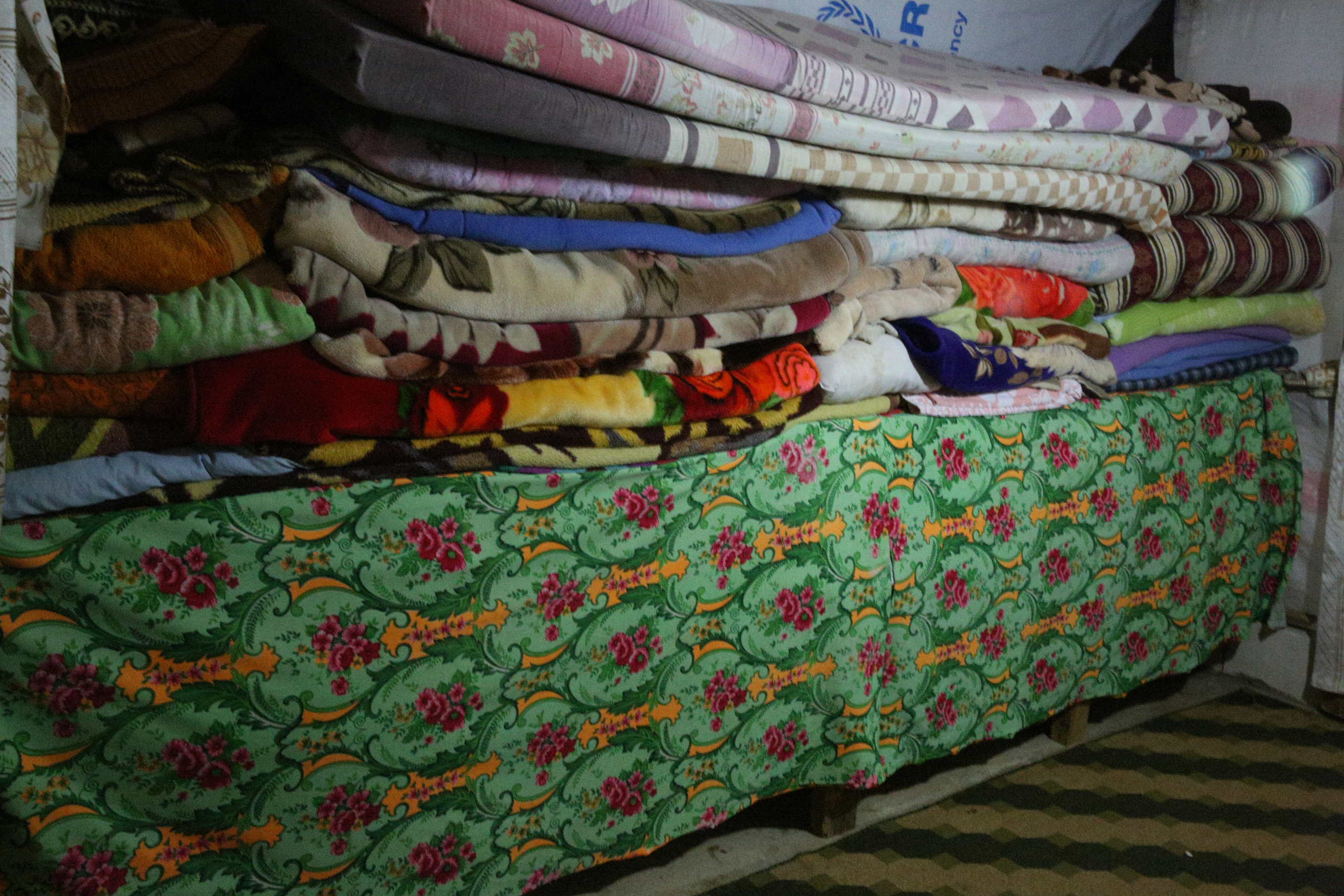
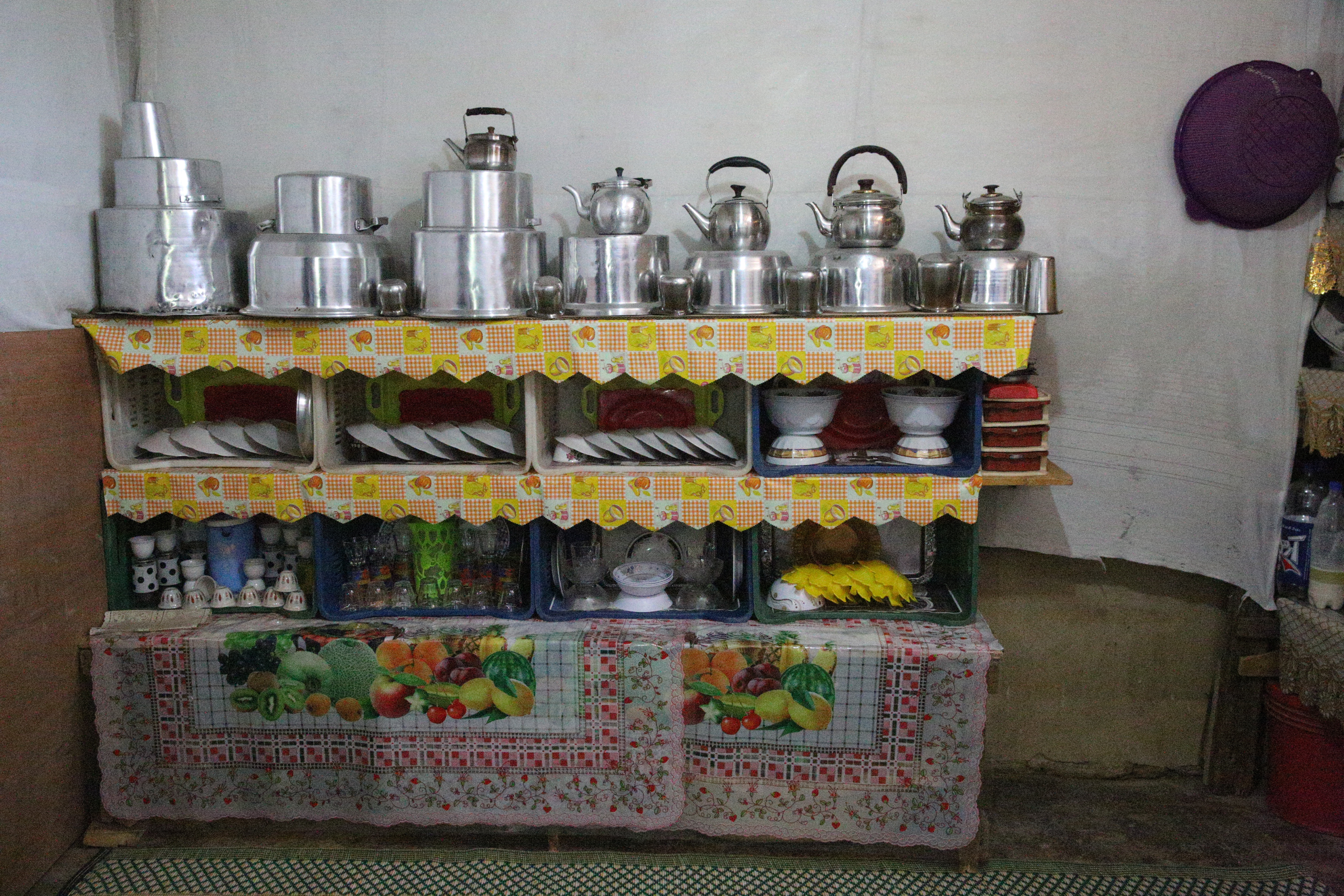
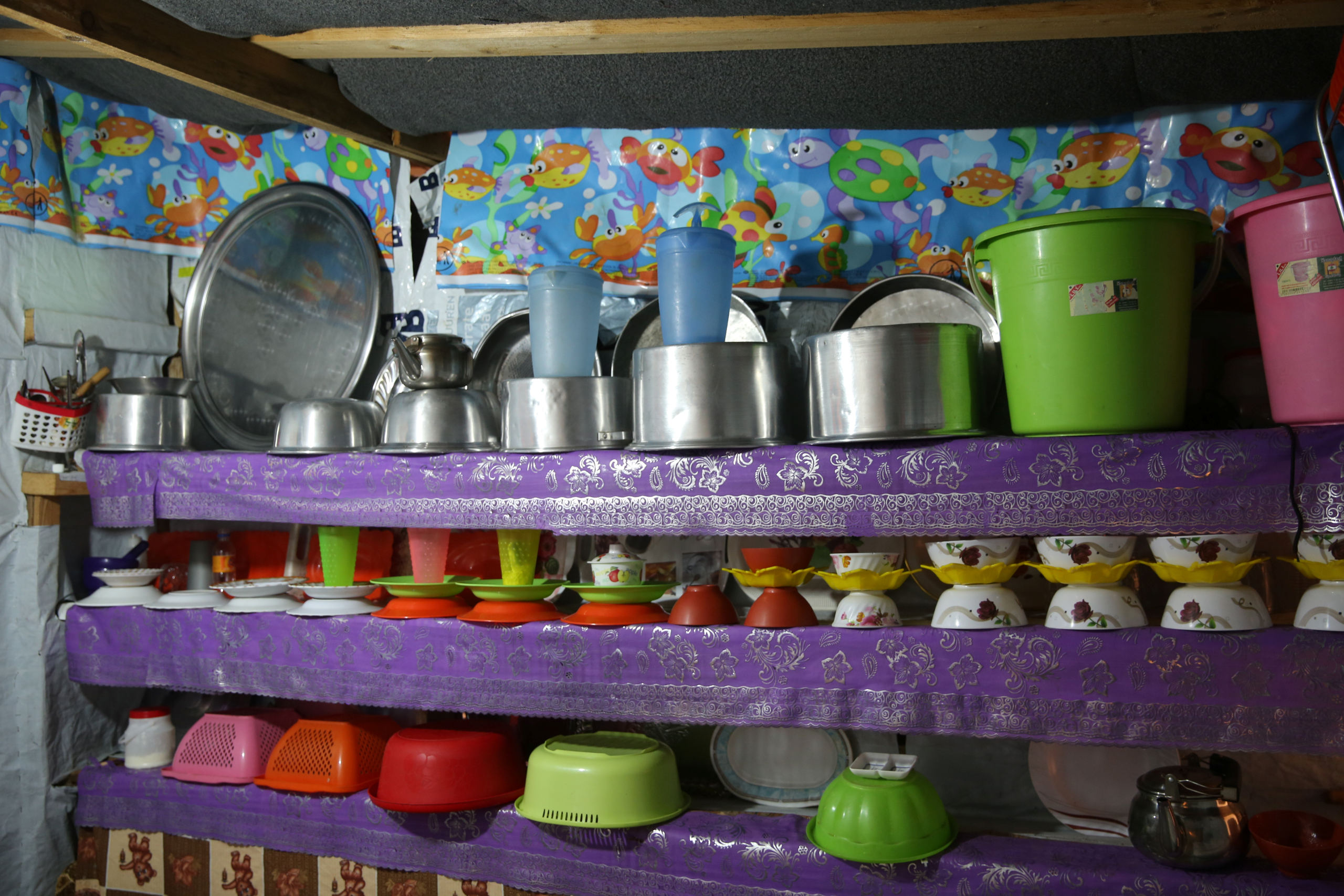
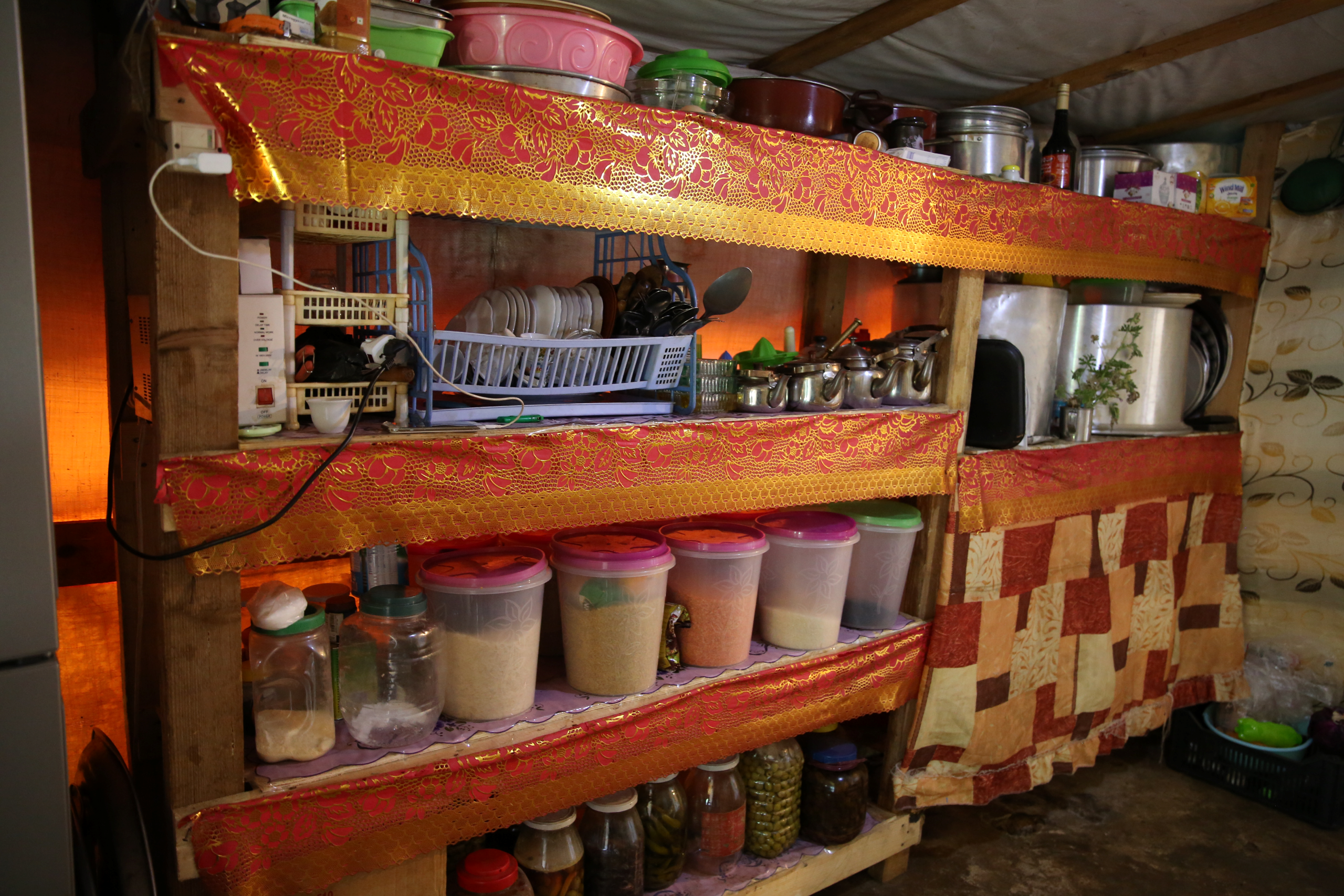
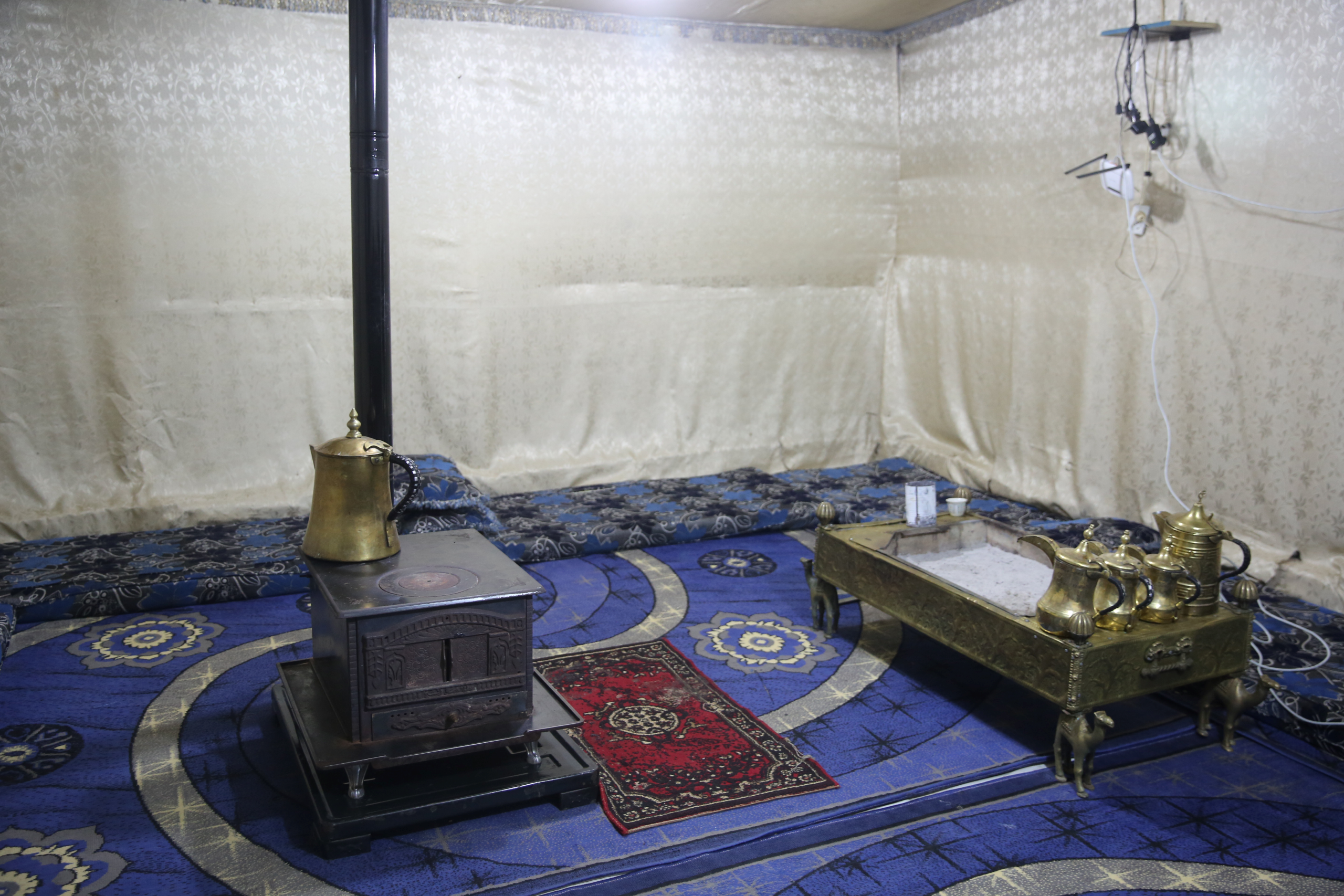
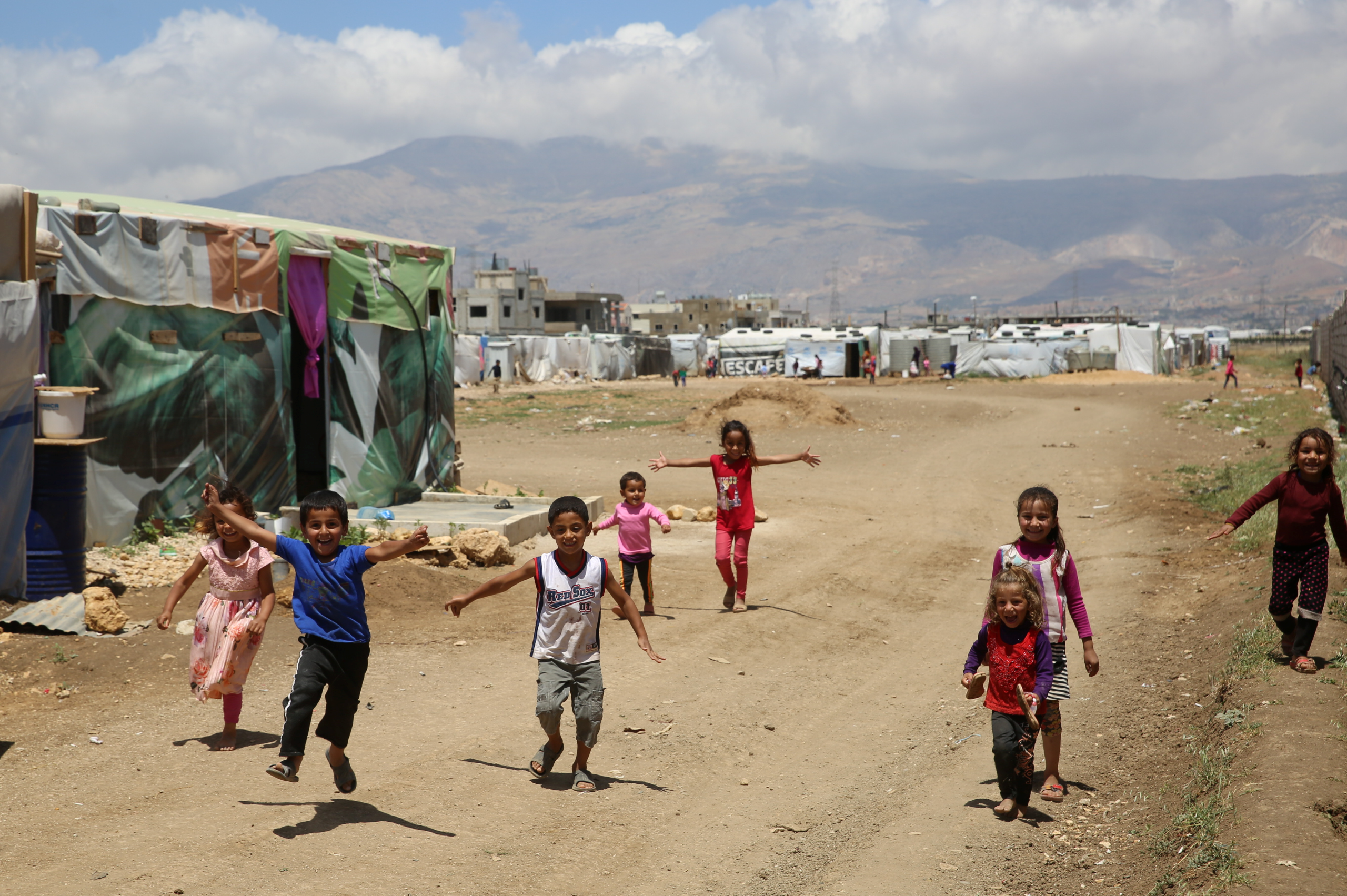
Helen Zughaib was born in Beirut, Lebanon, and has lived in the Middle East and Europe before coming to the US to study art at Syracuse University, earning her BFA from the College of Visual and Performing Arts. Her work has been widely exhibited in galleries and museums in the US, Europe, and Lebanon. Her paintings are included in many private and public collections, including the White House, World Bank, Library of Congress, US Consulate (Vancouver, Canada), American Embassy in Baghdad, Iraq, the Arab American National Museum in Detroit, the Minneapolis Institute of Art, and the Barjeel Art Foundation Collection. Her paintings are also included in the DC Art Bank Collection, and she has received the DC Commission on the Arts and Humanities Fellowship award each year since 2015. Her work has been included in Art in Embassy State Department exhibitions abroad, including in Abu Dhabi, Brunei, Nicaragua, Mauritius, Iraq, Belgium, Lebanon, Saudi Arabia, and Sweden. Zughaib has served as Cultural Envoy to Palestine, Switzerland, and Saudi Arabia. The John F. Kennedy Center/REACH, in Washington, DC, has selected her for the 2021-2024 Inaugural Social Impact Practice residency, and she is a 2024 Senior Fellow at Abraham Path Initiative. Her paintings have been gifted to heads of state by President Obama and former Secretary of State, Hillary Clinton.
Houda Kassatly is a Franco-Lebanese scholar and photographer living in Beirut, Lebanon. She holds a PhD in ethnology and comparative sociology from the Université Paris X – Nanterre. She also holds a DEA and Master’s degree in philosophy from the Université Paris I Panthéon-Sorbonne. She is part of the Unité Interdisciplinaire de Mémoire at the Université Saint Joseph in Beirut and heads the cultural program at Arcenciel, an organization fostering sustainable development. Her research has focused on rural practices, rituals, livelihoods, cultural heritage, and architecture in Lebanon, as well as on sustainable development in the region. Her scholarship has yielded numerous articles and books on various topics ranging from burial practices to markets, migration, rural architecture, or Arabic graffiti. She is the founder of Al Ayn publishing house, which specializes in the cultural and architectural heritage of Lebanon and the Middle East. She is a sought-after professional photographer and film-maker whose work has been featured in many solo and group exhibitions in Lebanon, France, and Belgium. She has also been involved in the elaboration of museal spaces on the theme of rural livelihoods in Lebanon. She is represented by the Galerie Alice Mogabgab (Beirut).
Hélène B. Ducros is the editor of EuropeNow. She holds a Juris Doctor and PhD in human geography, both from the University of North Carolina at Chapel Hill. She has a wide array of research interests focused on heritage-making, placemaking, and the way people relate to the landscape and their lived space. She teaches geography and international studies.
[i] UNHCR. 2024. Refugee Facts. Refugee Camps. https://www.unrefugees.org/refugee-facts/camps/. Accessed April 14, 2024.
[ii] Ibid.
Published on April 15, 2024.

